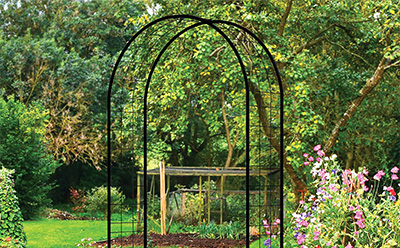trailer suspension springs
Sep . 21, 2024 14:36
Understanding Trailer Suspension Springs A Comprehensive Overview
Trailer suspension springs are crucial components in the design and functionality of any trailer. They play a significant role in enhancing the stability, safety, and overall performance of the vehicle when it is loaded. Understanding how these springs work and their different types can help trailer owners optimize their hauling experience.
The Role of Suspension Springs
Suspension springs serve to absorb shocks from the road, reducing the impact of bumps and uneven surfaces on the trailer's cargo. By doing so, they help maintain a consistent ride height and prevent excessive bouncing, which can damage both the trailer and the load it carries. Without proper suspension springs, trailers would experience increased wear and tear, leading to higher maintenance costs and reduced lifespan.
Types of Trailer Suspension Springs
There are several types of suspension springs commonly used in trailers, each suited to different applications
1. Leaf Springs These are one of the most traditional designs, made of multiple layers of spring steel. Leaf springs are renowned for their simplicity and ruggedness. They distribute weight evenly and handle heavy loads efficiently. However, they can be less forgiving when it comes to ride comfort, especially when unladen.
2. Torsion Springs Torsion suspension systems utilize a different design approach, where the springs are twisted to absorb bumps. This type offers a smoother ride and allows for better ground clearance. Torsion springs are often maintenance-free since they are encapsulated, providing additional protection from the elements.
trailer suspension springs

3. Air Springs Air suspension systems use airbags filled with compressed air to absorb shocks. This setup is highly adjustable, allowing trailer owners to change the ride height and load capacity based on the load they are carrying. Air springs provide an exceptionally smooth ride but require more complex installation and potential maintenance compared to other types.
4. Rubber Springs These are another alternative, offering a softer ride due to their rubber composition. While they can provide some cushioning for lighter loads, they may not be as effective for heavier trailers or more demanding applications.
Choosing the Right Suspension Springs
Selecting the appropriate suspension springs for a trailer involves considering several factors, including the type of cargo being transported, the weight capacity of the trailer, and the type of terrain it will encounter. Trailer owners should also consider how often the trailer is loaded or unloaded, as this can influence the performance of different spring types.
Maintenance and Care
To ensure optimal performance and longevity, regular maintenance of trailer suspension springs is essential. This includes checking for signs of wear, rust, or damage, and ensuring that all components are properly lubricated. Keeping the springs in good condition will not only enhance the trailer’s handling but also improve safety during transit.
In conclusion, trailer suspension springs are vital for the safety and performance of any trailer. By understanding their functions and the various types available, trailer owners can make informed decisions that enhance their hauling capabilities and ensure a smoother, safer ride. Proper care and maintenance of these components will also contribute to the longevity of the trailer, making it a worthwhile investment for years to come.




















